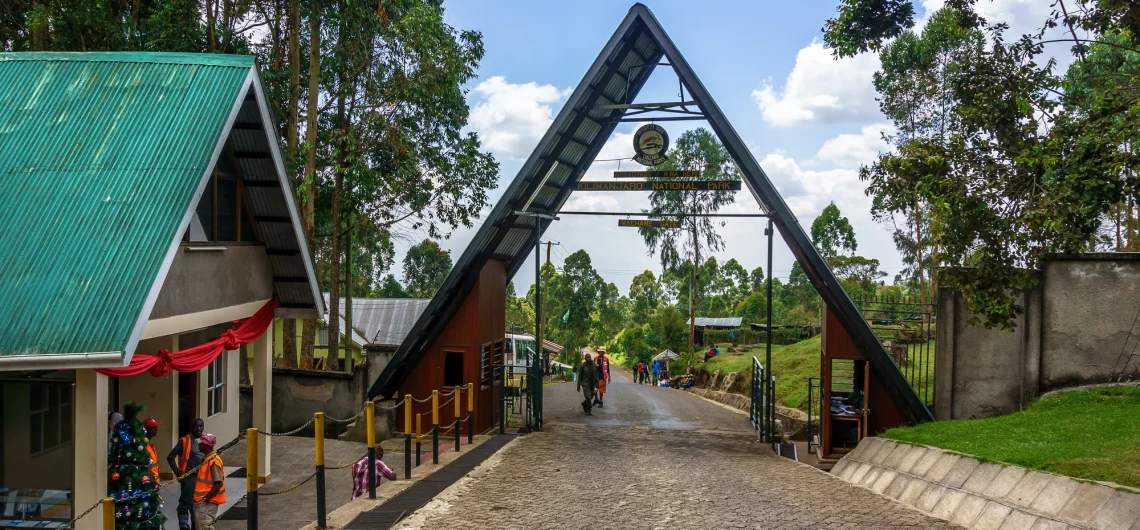
Machame Gate: The Starting Point of Adventure on the Kilimanjaro Machame Route
Nestled on the southern slopes of majestic Mount Kilimanjaro, Machame Gate serves as the gateway to an exhilarating adventure along the renowned Machame Route. As you embark on your journey to conquer Africa’s highest peak, Machame Gate holds immense significance. Let’s delve into the details of Machame Gate and its vital role along the Kilimanjaro Machame Route.
1. Introduction to Machame Gate
Located at an elevation of around 1,800 meters (5,905 feet) above sea level, Machame Gate stands amidst the lush and vibrant rainforest that blankets the lower slopes of Mount Kilimanjaro. This iconic starting point marks the commencement of the Machame Route, a popular choice among trekkers due to its stunning landscapes, diverse terrain, and thrilling challenges.
2. Access and Arrival
To reach Machame Gate, you can arrange transportation from nearby towns such as Moshi or Arusha. The gate is conveniently accessible by road, and the journey itself offers breathtaking views of the Tanzanian countryside. Upon arrival, trekkers are required to complete registration procedures and attend a thorough briefing before embarking on their trek. It’s essential to arrive adequately prepared with all the necessary permits and documents.
3. Trailhead and Rainforest Trek
Once you pass through Machame Gate, your adventure begins with a trek through the dense rainforest that characterizes the initial stage of the Machame Route. The trail meanders through a verdant pathway shaded by towering trees, providing a pleasant respite from the sun’s rays and immersing you in the serenity of nature. This section of the route is renowned for its rich biodiversity, with a plethora of unique flora and fauna to discover along the way.
4. Gradual Ascent and Acclimatization
The Machame Route is carefully designed to facilitate optimal acclimatization, enhancing your chances of a successful summit bid. The gradual ascent from Machame Gate allows your body to adjust gradually to the increasing altitude. This measured approach minimizes the risk of altitude-related illnesses, such as acute mountain sickness, and ensures a more enjoyable and safer climbing experience.
